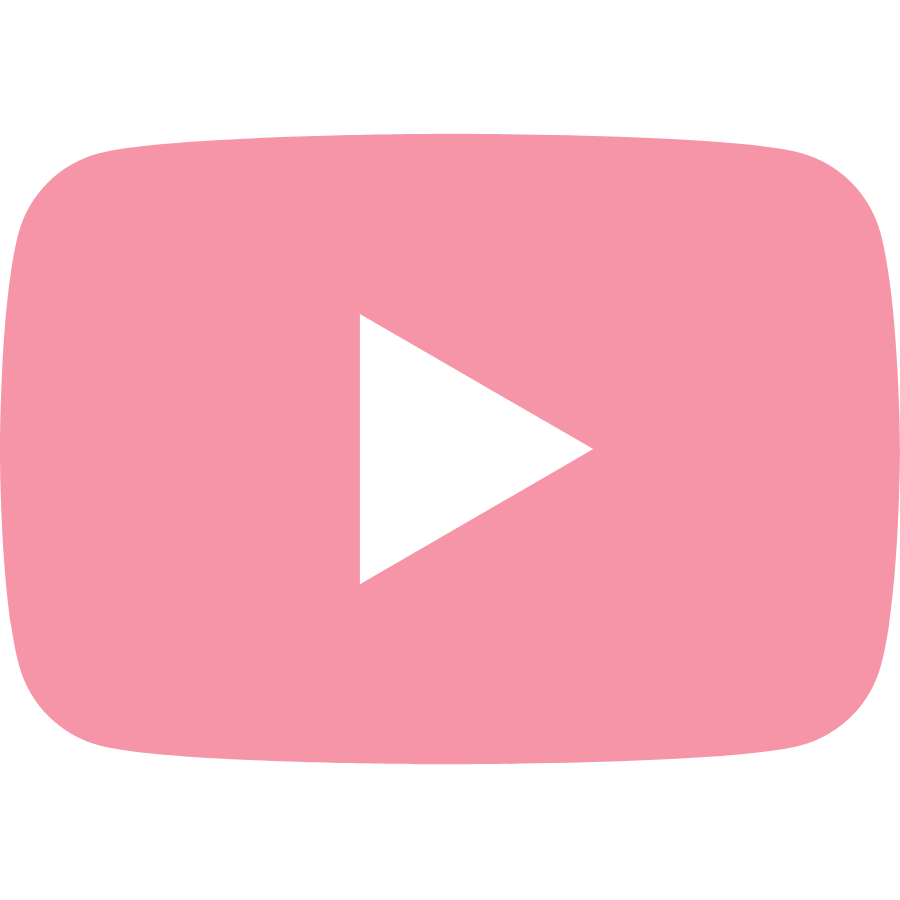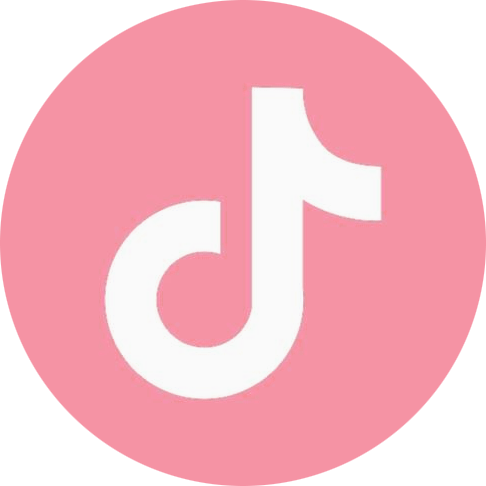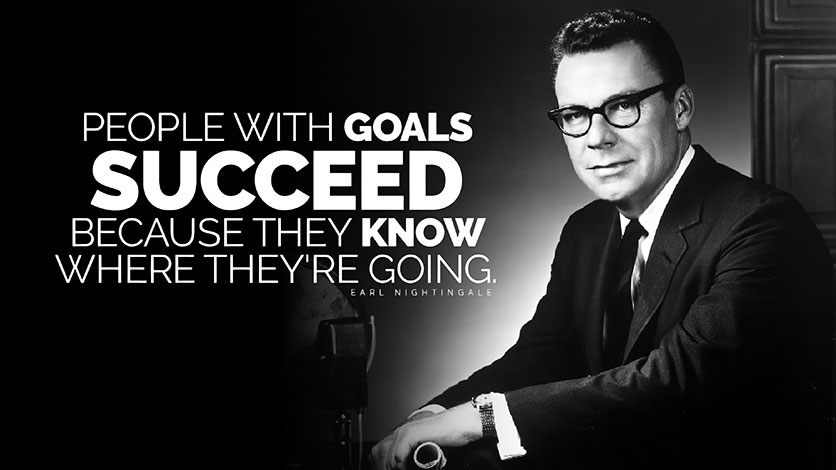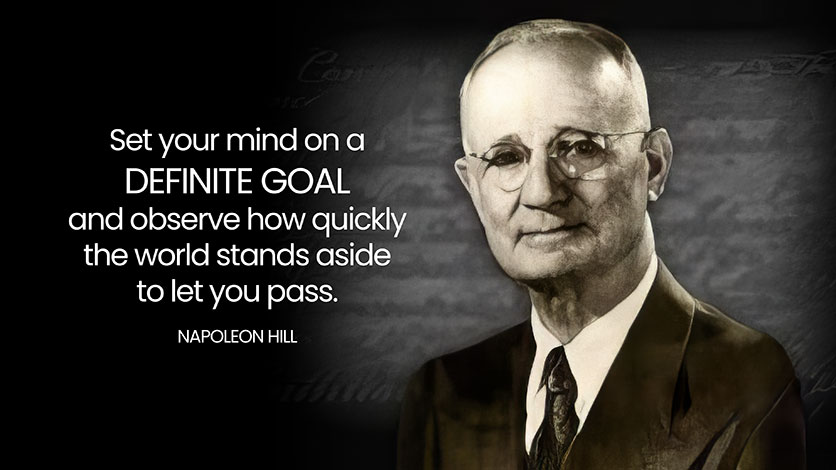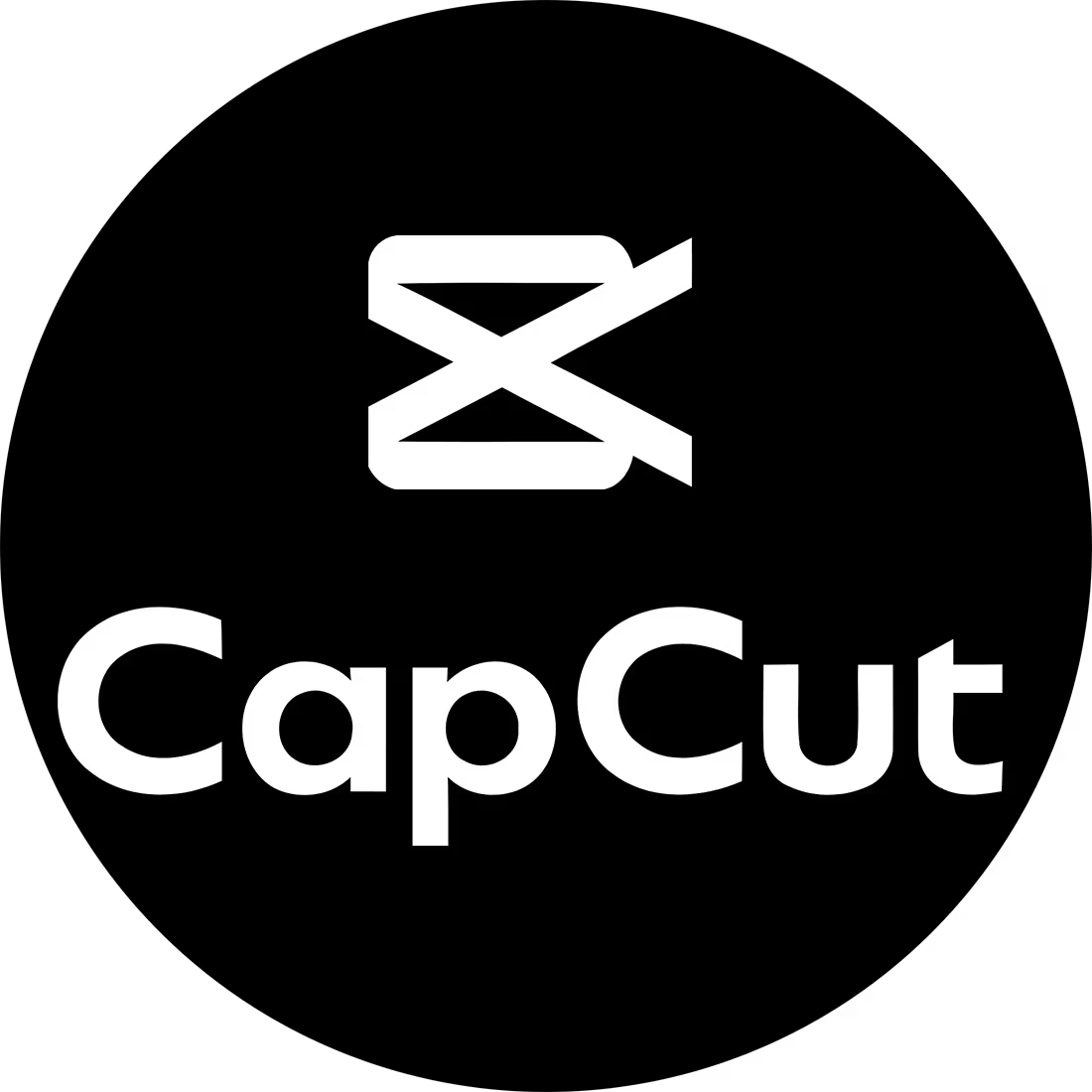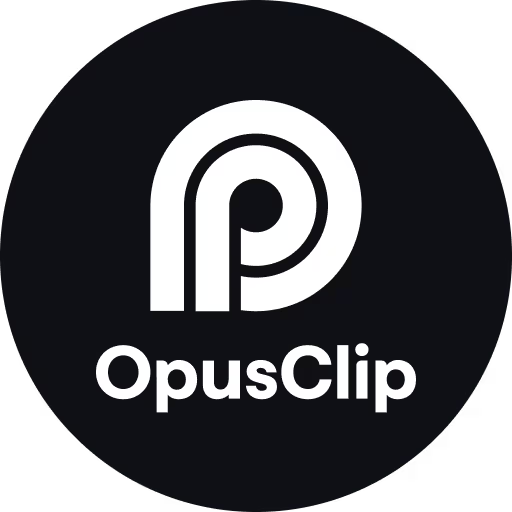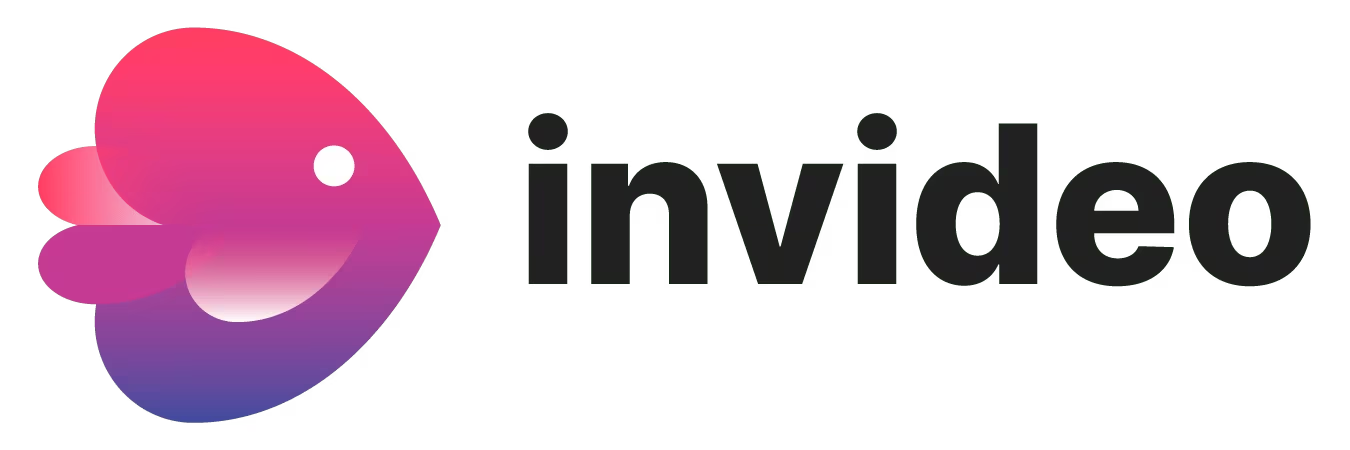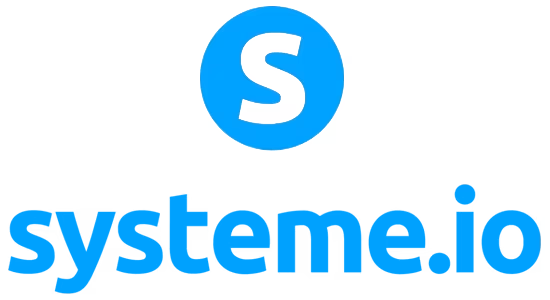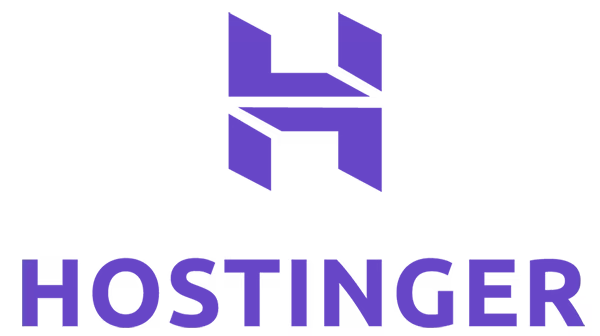The Blog
How to Monetize Your Passion and Make Money Online (9-Step Guide)
Turn Your Skills Into Passive Income Streams That Work While You Sleep
Do you have something you're deeply passionate about but aren't sure if you can make money from it? After one year of building my online business, I've discovered the exact steps to transform any passion into profitable income streams. And the best part, is that once you set them up correctly, these systems can generate passive income while you focus on what you love most.
Recently, I celebrated my YouTube anniversary, and I'm excited to share the knowledge I've gained about building a sustainable online business around your passion.
My friend Katie M. Berggren perfectly exemplifies this - she monetized her love for motherhood by creating gorgeous motherhood paintings that sell both as physical artwork and digital downloads.
The key insight I've learned is this: if you do what you love, you'll truly never work a day in your life. Let me show you exactly how to make this happen.
Why Most People Struggle to Monetize Their Passion
Believe it or not, many people have no clear direction in life. Every day is just a repeat of the previous day, following the same routines.
Earl Nightingale and Napoleon Hill, renowned self-development authors, discovered that only 5% of people actually know what they want to do with their lives. If you ask 100 people what their goals are, 95% of them don't know what to say, or provide generic answers. And sadly, most lack defined goals entirely, or believe that their goals are impossible.
The problem isn't a lack of passion - it's not knowing how to transform their passion into sustainable income.
I learned this lesson when building my own online business. What started as a creative outlet became a profitable venture once I understood the right systems and mindset shifts. In the following steps, I am sharing what I've learnt so far.
Step 1: Discover Your True Passion
Find Your Ikigai
Ikigai is a Japanese concept that translates to "reason for being" or "purpose in life."
Originating from the Japanese island of Okinawa, known for having one of the world's longest-living populations, this philosophy has been practiced for centuries as a way to find meaning and fulfillment in daily life. The concept gained widespread recognition in Western culture as people sought deeper purpose beyond traditional career paths.
Your Ikigai represents the intersection of four crucial elements:
What you love
What you're good at
What the world needs
What you can be paid for
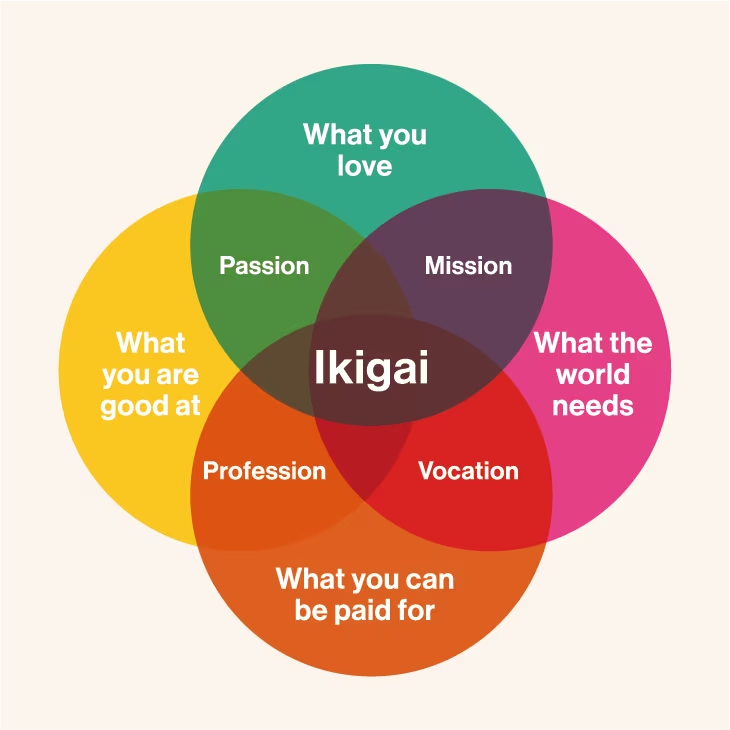
Create four overlapping circles and write down points that apply to each category. Where they intersect lies your monetizable passion - something you'll genuinely enjoy doing while serving others and earning money.
Step 2: Master The Essential Mindsets Shifts

Your Money Mindset
Many people have unconscious money blocks that prevent financial flow. These limiting beliefs about money being "evil" or "hard to earn" create barriers to success. Clear these blocks to access abundance.
Your Sales Mindset
Sales isn't dirty or sleazy like some have been made to believe. Selling is a service. When you offer something valuable that solves problems or fulfills needs, you're helping people. Shift from "selling to" to "serving" others.
Your Work Mindset
Hustle culture teaches that money only comes from extreme hard work. While effort matters, balance is crucial. Burnout destroys passion and long-term success. Focus on working smart, not just hard. You don't need to burn-out to earn a significant income. A soft work life is possible!
Step 3: Understand Leverage Types: The Wealthy Mindset Advantage
Now that you understand the mindset shifts required for success, let's explore the types of leverage that will help you achieve sustainable online business growth. These leverage concepts are foundational principles that wealthy individuals have understood and applied for generations.
The concept of leverage in business and wealth building has been studied and refined by numerous financial educators and entrepreneurs.
Myron Golden, a prominent business strategist and author, has extensively taught about leverage principles, drawing from decades of studying successful entrepreneurs and biblical wealth principles.
Similarly, authors like Robert Kiyosaki in "Rich Dad Poor Dad" have popularized these concepts, showing how the wealthy think differently about money and time.
These leverage theories aren't new - they're simply not commonly taught in traditional education systems. Wealthy families have passed down these principles for generations, understanding that true wealth comes not from trading time for money, but from making money, time, people, and systems work for you.
What's exciting is that the digital age has democratized access to these leverage types, making them available to anyone willing to learn and apply them.
Most people think the only way to make money is trading time for dollars. However, successful entrepreneurs use various types of leverage:
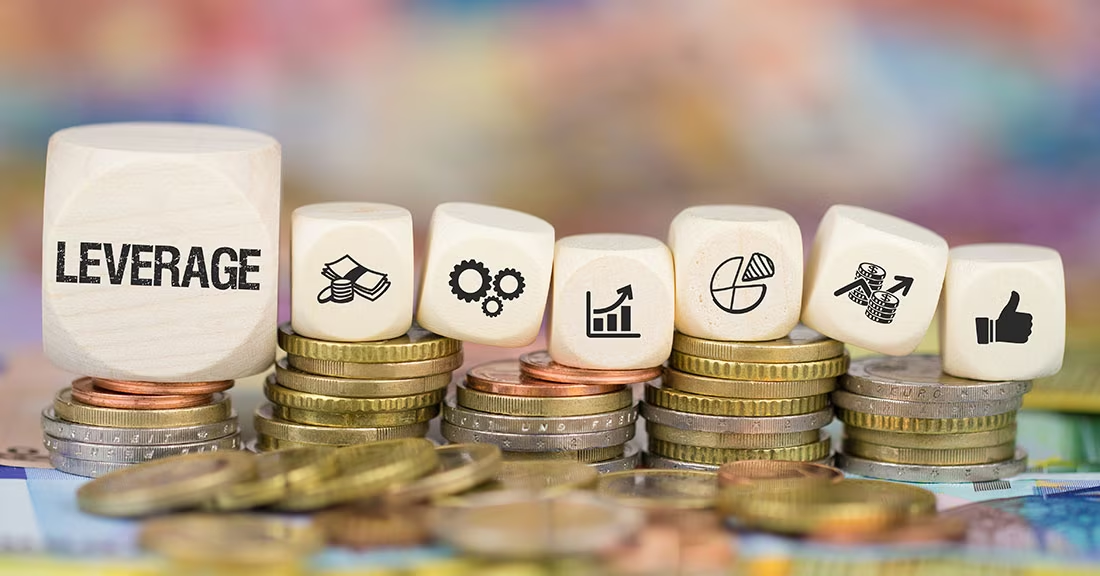
Money Leverage
You achieve money leverage through investments where your money works for you.
You put your capital (money) to work generating returns without your direct time involvement. This includes traditional investments like stocks, bonds, and real estate, where your initial investment grows through appreciation, dividends, or rental income.
For example, investing $10,000 in an index fund that averages 7% annual returns will grow to over $20,000 in 10 years without any additional effort from you.
In the context of online business, money leverage might involve purchasing advertising that generates more revenue than it costs, or investing in tools and software that automate processes and increase efficiency.
Time Leverage
It means using your time or others' time efficiently, including automation and delegation. Time Leverage maximizes the output you get from time invested, either your own or others'.
This can mean creating systems and processes that accomplish more in less time, hiring team members to handle tasks you're not uniquely qualified for, or building automation that works continuously.
For instance, instead of answering the same customer questions repeatedly, you create an FAQ page or chatbot that handles inquiries automatically. Another example is hiring a virtual assistant to manage your social media posting schedule, freeing up your time for higher-value activities like content creation or strategy development.
Technology Leverage
It occurs when you use software and systems that handle tasks automatically. Technology Leverage harnesses digital tools to multiply your capabilities and efficiency.
This includes using email automation to nurture leads while you sleep, employing social media scheduling tools to maintain consistent presence across platforms, creating an app or software that you can sell over and over again, or utilizing AI tools to enhance your content creation process.
Consider how a single sales funnel built with automated email sequences can sell your course to hundreds of customers without requiring your presence for each transaction. The initial time investment in setting up these systems pays dividends through ongoing automated results.
Content Leverage
This means creating evergreen valuable content ONCE that continues generating income over time, working for you indefinitely. This blog post is content leverage in action.
Every blog post, YouTube video, podcast episode, or social media post becomes a digital asset that can attract new customers months or years after creation.
A well-optimized blog post about your expertise can rank in search engines and drive traffic to your business for years without additional effort. Similarly, a comprehensive YouTube video can continue generating ad revenue, affiliate commissions, and new subscribers long after you hit publish, essentially becoming a 24/7 sales representative for your business.
Knowledge Leverage
This type of leverage transforms your expertise, skills, and experience into income-generating assets. What feels effortless to you after years of experience represents tremendous value to others just starting their journey.
For example, if you've mastered photography techniques through years of practice, you can monetize this knowledge through online courses, workshops, or one-on-one coaching.
The key insight that might surprise you, is that your "obvious" knowledge isn't obvious to everyone. A graphic designer might take for granted their ability to create compelling visuals, but small business owners would pay handsomely to learn these skills or have them applied to their marketing materials.
People Leverage
In simple terms, it means building teams, networking, and connecting with the right people to accelerate growth.
People Leverage multiplies your capabilities through relationships and team building. This includes hiring employees or contractors to handle tasks outside your zone of genius, building strategic partnerships with complementary businesses, or cultivating a network of contacts who can provide opportunities and referrals.
For instance, partnering with another content creator for cross-promotion can expose both audiences to new valuable content, effectively doubling your reach. Building relationships with industry influencers can lead to collaboration opportunities, speaking engagements, or joint ventures that would be impossible to achieve alone.
Step 4: Focus on Value Creation, Not Money Chasing
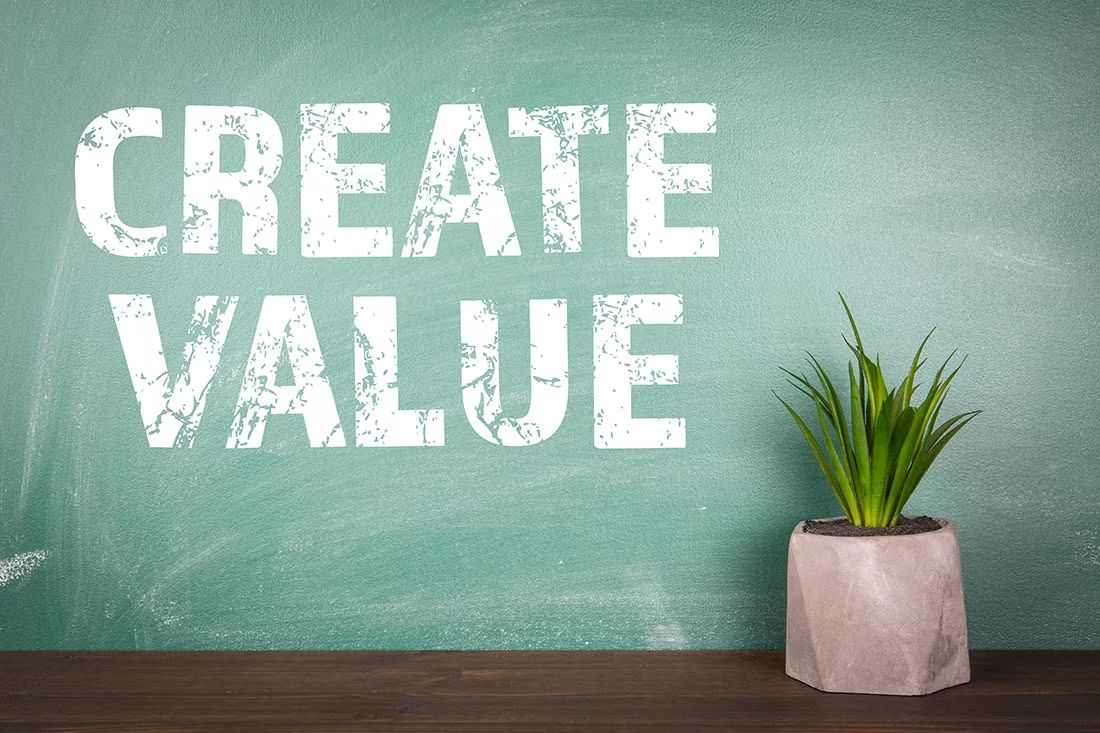
The biggest mistake passionate entrepreneurs make is chasing money instead of solving problems. Successful businesses identify pain points and provide solutions.
Here's a powerful insight: your best client is who you were 5-10 steps ago. Your past struggles represent current problems others face. Your journey from problem to solution becomes your unique value proposition.
Don't chase customers - attract them by:
Solving meaningful problems
Creating valuable content consistently
Building trust through authentic service
Making yourself discoverable through content marketing
Remember, the bigger the problem you solve, the bigger your potential profits.
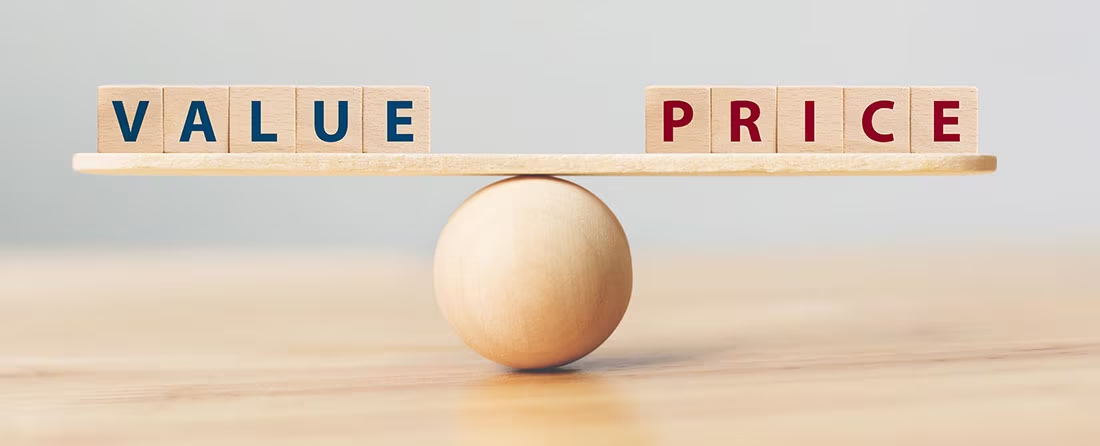
Step 5: Choose Your Platform and Essential Tools
Select Your Primary Platform
You don't need to be everywhere at once. Choose one main platform based on your preferences and audience:
YouTube: Best for long-form educational content and building authority
Instagram: Great for visual content and lifestyle brands
TikTok: Perfect for viral, short-form content
Blog/Website: Essential for SEO and owning your audience

Focus all your energy in your primary platform and growth. Once it's fully develop, then use secondary platforms to drive traffic to your main platform and website.
Essential Tools for Online Business Success
Here are some tools that have proven essential for me to grow my online business. I've tried many, and here are some of my favorites that I recommend you try out.
They are affordable, or even FREE to start, which is a great advantage when you are just getting started and have minimal funds:
Easy Video Editing: Descript makes video editing simple by allowing you to edit like a word processor. Delete words, and the corresponding video sections disappear. It has many more wonderful features too like turning long form video into clips using AI, and more. Another more advanced editing tool is Capcut, but I feel that Descript is easier to use if you have no video editing experience.
Image Enhancement: Gigapixel transforms low-resolution images into high-quality versions, perfect for digital products requiring crisp visuals.
YouTube Optimization & Growth: VidIQ helps find the right keywords for video optimization and even adds thumbnails to YouTube Shorts. It is my favorite tools for growing my youtube channel!
Content Repurposing: Opus Pro Clip cuts long videos into short-form content, while Metricool distributes content across multiple platforms automatically.
All-in-One Platform: Systeme.io provides everything needed for online business - websites, blogs, sales funnels, email marketing, and automation. Start completely free and scale as you grow.
Best Website Builder: Though Systeme.io is a great platform for building a free website, if you're looking to create a website using AI really fast with just a few clicks and NO previous experience, your best bet is Hostinger.
Best Online Store Builder: Got many physical or digital products and want to launch your store for only $1 per month? I recommend using Shopify. It will build a complete store for you using AI, and it is only $1 for the first three months!
If you want to find more amazing resources and tools that I personally use to make money online, click here.
Build Your Email List
Social media audiences are borrowed - platforms can disappear overnight. Email lists are owned assets that travel with you anywhere. Create valuable lead magnets (free resources) in exchange for email addresses, then nurture relationships through consistent, valuable communication.
My favorite tool for building my email list is Systeme.io because it offers numerous templates to create a "Squeeze Page" (the funnel page that captures emails and delivers a lead magnet (the freebie), and then it allows me to send up to 2000 emails per day for free. Once your email list grows beyond 2000 subscribers, you can upgrade to one of their paid plans, which are very affordable too! I've tried other email sending platforms like MailChimp, etc. but they are costly in comparison and are not an All-in-one solutions like Systeme.io.
Step 6: Invest in Yourself and Continuous Learning

Essential Skill Development
Even if you're already skilled in your passion area, to succeed online and not waste time learning on the go through trial and error, I recommend that you follow a proven path, and acquire the following skills:
Digital marketing fundamentals
Sales funnel creation
Email marketing strategies
Content creation and SEO
Social media marketing
A huge part of my online success is that I've been willing to invest in myself, even if doing so little by little, in acquiring these essential skills. They are high value and high income skills that will pay you dividends across time, both online and offline! If you want to learn about the courses I have taken so far, check them out here.
Why Traditional Education Falls Short
In today's fast paced technology world, traditional education often becomes outdated before graduation. Technology is evolving so rapidly, and many teachers lack current industry experience.
Online courses from active practitioners provide up-to-date, practical knowledge.
You want to learn from those that are actively DOING what you want to achieve, right here, right now.
The Monk Mode Approach - Focus is Key

Everyone online seems to be talking about going into “Monk Mode” to achieve their goals—and honestly, they’re right.
The term itself was first coined back in the early 2000s by software engineer Ben Orenstein to describe working with deep, uninterrupted focus.
More recently, entrepreneur Iman Gadzhi helped bring it into the mainstream, especially among younger audiences chasing big goals.
At its core, Monk Mode is about cutting out the noise and committing fully to what matters. Success doesn’t come from staying busy with scattered tasks. It comes from intentional, focused periods of dedication where you:
Eliminate distractions. This means cutting down on Netflix binges and endless social media scrolling. Listen to music without lyrics if it helps you lock in, silence notifications, and use “Do Not Disturb” on your phone. And yes—checking your email every 5 minutes counts as a distraction too. Protect your focus like it’s gold.
Dedicate idle time to learning and building. Every free moment is an opportunity for personal growth. Myron Golden said it best: “If you’re earning less than 20K per month, you shouldn’t be entertaining yourself—you should be educating yourself.” Turn off the TV. Skip the drinking nights with friends, or cut them out completely if you need to. Your mind needs sharpening, not numbing.
Maintain work-life balance (especially family time). Being focused doesn’t mean ignoring your family. Schedule time with them like it’s part of your business—because it is. There’s no point in building wealth for your family if you lose them in the process. Plenty of people end up rich but alone, and that’s not true success. Real focus allows you to move the needle on your financial goals while honoring the people who matter most.
Prioritize health, sleep, and exercise. Burnout isn’t a badge of honor—it’s a setback. What’s the point of building an empire if poor health forces you to give it all up? Staying up all night might feel productive, but it sabotages you the next day. True wealth includes health, energy, and longevity. Protect your body the same way you protect your goals.
So what does Monk Mode really mean?
It’s not about isolation or living like an actual monk. It’s about ruthless focus—cutting out what doesn’t serve you so you can pour energy into what truly matters: building, learning, creating, and connecting. Monk Mode is simply choosing intentional growth over distraction, and discipline over chaos. When you do that consistently, results stop being “someday” and start becoming reality.
Step 7: Create Irresistible Offers & Type of Product to Sell

An irresistible offer is one that makes your customer stop in their tracks and think, “This is too good to pass up.” It’s a deal where the value they receive dramatically outweighs the price they pay. When done right, your offer should feel like a no-brainer—so attractive that hesitation fades away.
To create this effect, stack your offer with clear, tangible benefits and remove as many barriers as possible. The easier it is for someone to see themselves succeeding with your product or service, the more likely they are to buy. And offering extra bonuses (especially time limited ones) also helps!
Physical vs. Digital Products in Online Business
When starting an online business, you’ll quickly face the choice between selling physical products or digital products. Both can make money online, but they work very differently.
Physical Products: Logistics-Heavy but Familiar
Selling physical products often feels “safer” because people are used to buying and holding tangible items. Physical products are the classic way to sell—things people can touch, use, or wear. The downside? They come with extra responsibilities:
Inventory management – making sure you don’t run out (or overstock).
Shipping and returns – packaging, postage, and dealing with unhappy (or annoying) customers.
Storage costs – keeping boxes that clutter up your home, or renting warehouse space.
If you still want to sell physical products but avoid the hassle, you can try dropshipping or print-on-demand, where suppliers handle production and shipping for you. These models allow you to sell physical goods without ever touching the product yourself—removing the biggest headaches of physical commerce. However, you might still have to deal with returns and unhappy customers.
Digital Products: Scalable, Automated, and More Profitable
Digital products are where the real leverage lies. Once created, and a digital product can be sold an unlimited number of times with virtually no added cost and without worrying about shipping, storage, or returns. Digital products are where many beginners find real success. The benefits are hard to ignore:
Create once, sell forever – build it once and automate delivery.
No shipping or inventory – everything is online and your customer gets it immediately.
High profit margins – no manufacturing costs, no storage, no returns.
Instant global delivery – delivers to customers worldwide 24/7.
For anyone looking to build passive income or a flexible online business, digital products are the fastest, most scalable option.
Beginner-Friendly Digital Product Ideas & Examples
If you’re wondering what kind of digital product you can start with, here are some simple but powerful ideas:
Online courses or training programs – teach what you know in video or written lessons.
Ebooks and guides – short, helpful books that solve a specific problem.
Templates and worksheets – ready-to-use resources that save people time.
Downloadable art, music, or graphics – great for creative entrepreneurs.
Membership sites or communities – give people ongoing value and support.
Don’t want to create your own? You can still get started quickly by selling other people’s digital products through affiliate marketing or using Master Resell Rights (MRR) and Private Label Rights (PLR) products. These allow you to resell pre-made digital products and keep most (or all) of the profit.
For beginners, the bottom line is simple: pair an irresistible offer with the power of digital products, and you’ll set yourself up with an online business that’s easier to run, more profitable, and designed to scale.
Want to learn step by step how to launch your own digital products shop? Click here.
Step 8: Build Multiple Income Streams Without Losing Your Focus

Creating what I call a "money tree" is one of the most powerful strategies for monetizing your passion sustainably. Unlike traditional jobs where you rely on a single income source, successful online entrepreneurs develop multiple revenue streams that work synergistically to create financial stability and growth potential.
The concept isn't about spreading yourself thin across dozens of unrelated ventures. Instead, it's about creating interconnected income streams that complement and amplify each other. Think of yourself as the trunk of a tree, with each income stream representing a branch that draws strength from your core expertise and passion.
And to be clear, you don't have to show your face online to succeed. Many faceless online entrepreneurs are succeeding in making money online.
YouTube & other Social Media Outlets
A YouTube presence can generate revenue through multiple channels simultaneously: Google AdSense provides advertising revenue once you're monetized, but you don't need to wait for monetization to start earning.
I began making money from YouTube before reaching the monetization threshold by strategically placing affiliate links in my video descriptions and driving traffic to my own products and services. Each video you create becomes an evergreen asset, continuing to attract viewers and generate income years after publication.
This compounds over time, creating a library of content that works for you around the clock. Instagram can serve as a secondary income stream that feeds your primary platform while generating its own revenue through sponsored posts, affiliate partnerships, and product promotions.
Affiliate Marketing
Affiliate marketing deserves special attention because it allows you to earn from products you don't create yourself. By recommending tools, courses, and resources you genuinely use and believe in, you provide value to your audience while earning commissions. The key to successful affiliate marketing lies in authenticity - only promote products you've actually used and would recommend to a close friend.
Coaching & Consulting
Coaching and consulting services allow you to monetize your expertise directly while commanding higher rates than physical products typically allow. These services can range from one-on-one sessions to group programs, each serving different budget levels and customer preferences within your audience. The advantage of these services is that you can start earning money immediately. The disadvantage is that it requires your active time and effort, plus there is a cap on how many clients you can take on at one time.
Online Courses
E-learning presents one of the highest-value income streams you can develop around your passion. Once created, this type of digital product as a well-designed course can sell repeatedly without additional time investment per sale. The key lies in solving a specific problem your audience faces and providing a clear transformation or skill development path.
Digital Products
As I mentioned previously, digital products provide the backbone for truly passive income. Templates save your customers time and effort while showcasing your expertise. Ebooks position you as an authority in your niche while providing substantial value at accessible price points. Software tools or membership sites can generate recurring revenue, creating predictable monthly income that grows over time.
The Connected Income Streams Strategy
The magic happens when these income streams connect and support each other. Your YouTube content drives traffic to your website, where visitors can join your email list, purchase your courses, book consulting calls, and discover affiliate recommendations. Your Instagram posts can repurpose your YouTube content while directing followers to your main platform. Your email list serves all income streams by nurturing relationships and making relevant offers to engaged subscribers.
Avoiding the Trap of Shiny Object Syndrome
The biggest danger in building multiple income streams is getting distracted by every new opportunity that appears. I call this "shiny object syndrome," and nearly every entrepreneur experiences it, especially when starting out and discovering the vast possibilities of online business.
When I first started on YouTube, my world exploded with possibilities I never knew existed. Beyond the affiliate marketing I already understood, I discovered Amazon KDP for publishing, Etsy for digital products, course creation platforms, membership sites, dropshipping opportunities, and countless other revenue streams. The temptation to try everything simultaneously was overwhelming.
This exploration phase is natural and even beneficial to some degree. Testing different approaches helps you discover what resonates with your audience and aligns with your strengths. However, the key lies in knowing when to stop exploring and start focusing.
Success comes from identifying what works and doubling down on those strategies rather than constantly jumping to new opportunities. Once you find an income stream generating consistent results, resist the urge to abandon it for something seemingly more exciting or profitable.
The path becomes clearer through experience and data:
Track which income streams produce the best results relative to time invested.
Notice which activities energize you versus drain you.
Pay attention to what your audience responds to most enthusiastically.
This information guides your focus decisions.
Dealing with "Failure"

Remember that every apparent "failure" provides valuable information rather than representing actual failure.
If a particular income stream doesn't work as expected, analyze why. Was it the wrong audience fit? Poor execution? Inadequate testing time? Market timing issues? These insights inform better decisions moving forward.
The goal isn't perfection or immediate success with every attempt.
Building a successful online business requires experimentation, learning, and iteration.
However, give each approach adequate time and effort before declaring it unsuccessful.
Many entrepreneurs quit just before breakthrough moments, missing the success that was right around the corner.
Step 9: Understand the Popcorn Effect and Stay Patient
Building an online business doesn’t happen overnight. Success often feels like waiting for popcorn in the microwave—you hear nothing, see nothing, and start to wonder if anything’s happening. Then suddenly, one kernel pops, then another, until the whole bag is bursting with results.
This is what Matt Shields calls “the popcorn effect,” and it perfectly describes the early stages of entrepreneurship. The truth is, most people give up right before their business starts “popping.” That’s why it’s crucial to understand the natural phases of business growth.

Understanding the Phases of Building an Online Business
These phases line up with what’s often called the emotional cycle of change—starting with uninformed optimism, dipping into the valley of despair, then climbing into informed optimism, and finally achieving lasting success.
Both Iman Gadzhi and Tony Robbins talk about this concept, emphasizing how understanding these emotional stages can prevent early quitting and help you stay consistent.
By knowing what to expect, you’ll be ready to push through the hard parts instead of quitting too soon.
Phase 1: Construction & Learning (Uninformed Optimism → Valley of Despair)
This is where most people quit. You start excited, full of energy and big visions. But as you put in the work day after day with little to show for it, doubt creeps in. You realize results aren’t instant—unlike a traditional job where effort equals a paycheck at the end of the week.
This is the uninformed optimism stage: you don’t yet know how long the process really takes. When results don’t come quickly, you slide into the valley of despair.
But here’s the truth: wealth works on delayed gratification. Like planting seeds in a garden, you must water and wait before the harvest. Or like popcorn in the microwave: you won’t see anything for a while, until suddenly, with enough heat and momentum, everything starts popping.
Phase 2: Initial Traction & Small Wins (Proof of Concept)
This is when you get your first “pop.” Maybe it’s your first $5 sale online. Maybe it’s your first 100 YouTube subscribers or email signups. They may feel small, but they’re proof of concept.
Unfortunately, many still quit here because progress seems too slow. This is the stage of informed pessimism—you now know how much work it takes, and your early enthusiasm fades.
Instead of abandoning ship, celebrate these wins! They are evidence that what you’re doing is working. Double down on the strategies that brought those results, and stay patient. The sprout is breaking through the soil—it just needs more time.
Phase 3: Momentum Building & Consistent Growth (Informed Optimism)
Now the popcorn is really popping. What started as $5 turns into $50, then $500. Your audience is growing, your systems are improving, and your knowledge compounds.
This is the stage of informed optimism. You understand the effort required, but you’ve proven to yourself that it works. The flywheel is turning. Results begin to accelerate, and you feel energized instead of discouraged.
Phase 4: Scaling & Systematic Success
At this point, you know your methods work. You’ve built systems, refined your offers, and have a clear growth path. Now you can scale with confidence—whether that’s through ads, outsourcing, or creating new products.
Think of it like an airplane: most fuel is burned during takeoff (the early grind). But once in the air, the ride becomes smoother, faster, and more efficient. The hard part is behind you.
The key takeaway: don’t quit in the silent phase. Progress is happening even when you can’t see it yet.
Trust the process, be patient and stay consistent, and let the popcorn effect work in your favor.
Keys to Your Long-Term Success

Success doesn’t happen overnight—it’s the result of small, deliberate actions taken consistently over time. To stay on track, focus on these key principles:
Consistency: Show up daily, even when progress isn’t visible. Small steps compound into big results.
Patience: Trust the process and timing. Growth takes time; instant results are rare.
Focus: Resist the urge to constantly switch strategies. Master one path before exploring another.
Persistence: Push through the inertia phase when motivation feels low. Momentum builds once you keep going.
Remember why you started. Your "why" is your strongest fuel to keep going.
And usually, your why isn’t just money. It’s the life it can create. Maybe you want to help someone. Prove someone wrong. Transform your life. Achieve freedom for yourself and your loved ones.
Write it down. Look at it every day. Feel what it will feel like when you succeed. Let that vision drive you forward.
And if your passion changes along the way, if you realize the path you chose isn’t right for you, that’s valuable insight too. It’s okay to pivot. You learnt that you don't want or like that path. And probably even gained many valuable skills along the way.
Every lesson learned, every step taken, moves you closer to your true success.
Your Action Plan for Monetizing Your Passion
Let's do a quick recap of what we've covered, so that you can have a roadmap to transform passion into profit:
Define your Ikigai to identify your monetizable passion
Develop the right mindsets around money, sales, and work
Understand the Types of Leverage you can use to achieve wealth
Focus on Creating Value for others by offering proven paths to solve problems
Choose your platform and invest in essential tools
Commit to continuous learning by investing in yourself through courses and skill development
Create your irresistible offer and choose what type of products/services to sell
Build multiple income streams without losing focus
Stay patient and trust the popcorn effect
Let's do a quick recap of what we've covered, so that you can have a roadmap to transform passion into profit:
Start Monetizing Your Passion Today with These Resources
The perfect time to start monetizing your passion is now.
Begin with 1% improvement daily. Instead of consuming mindless entertainment, invest that time in learning and building your future.
Finding your purpose and making money from your passion creates true fulfillment. Having clear direction and purpose in life while generating income from work you love - that's the ultimate goal.
Here are some valuable resources that can help!
The Courses and Digital Product Resources that I took and found extremely useful!
My favorite tools for Video and AI Content Creation, Website, Store & Funnel Creation, and for Self Publishing Books!
The Money and Investing tools that give me passive income and have helped me save money without even thinking about it!
Your future self will thank you for taking action now rather than waiting for "perfect" conditions that never come.
The world needs what you have to offer. Your passion, properly monetized, can impact thousands of lives while creating the financial freedom you deserve.
Remember: money does grow on trees when you plant the right seeds and nurture them consistently. Your passion, combined with the right systems and mindset, can become your most valuable asset.
Free eBooks!
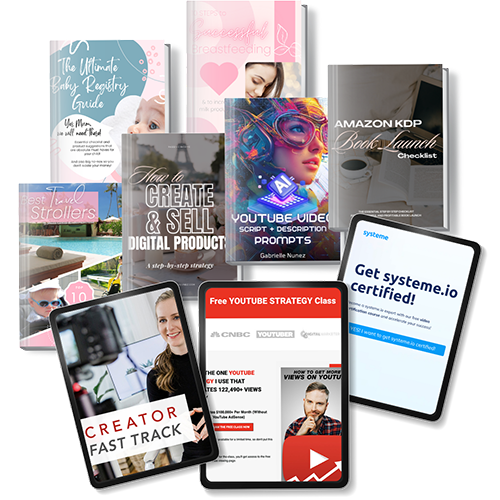
And get access to other free downloads, masterclasses and more! Just enter a valid email below.
You can opt-out anytime.
Comments?
My Instagram Feed
Newsletter
Stay in the loop for new videos and special offers! And receive useful tips. Opt-out anytime.
Created with Systeme.io - Click to build yours for FREE today!
